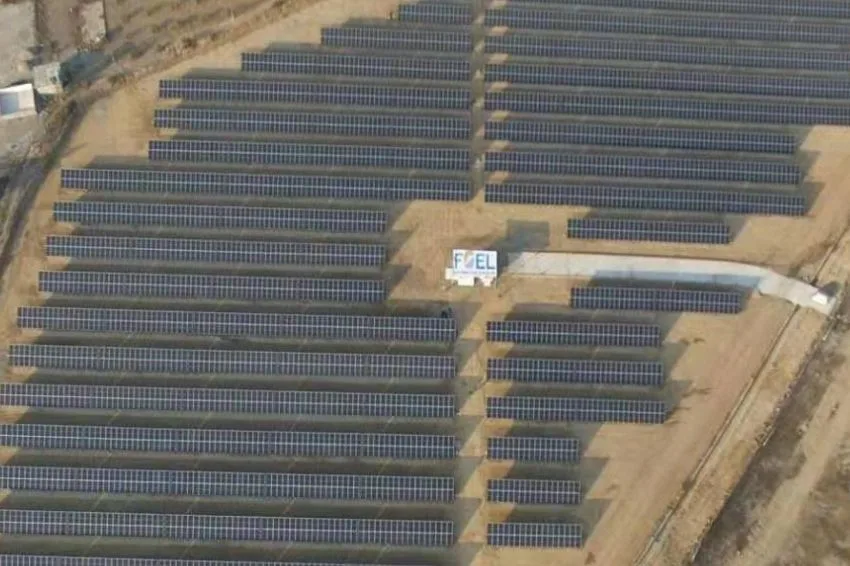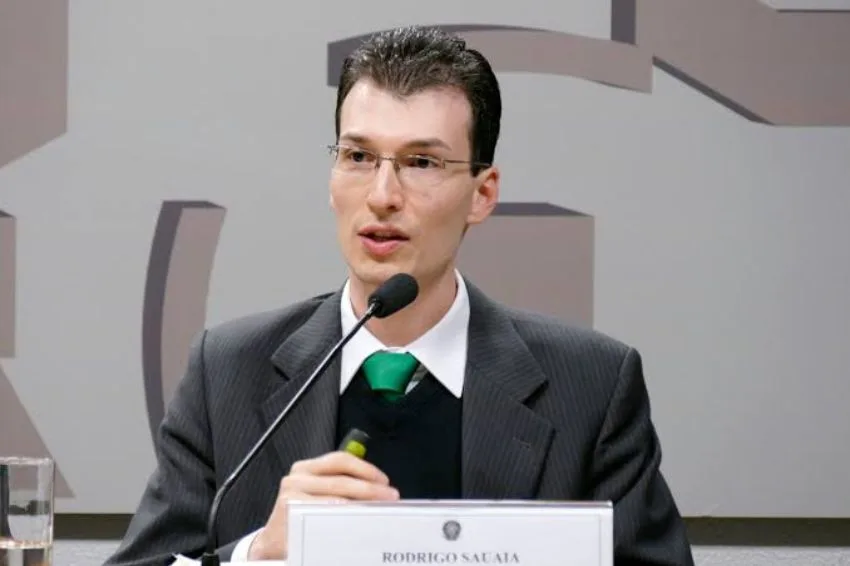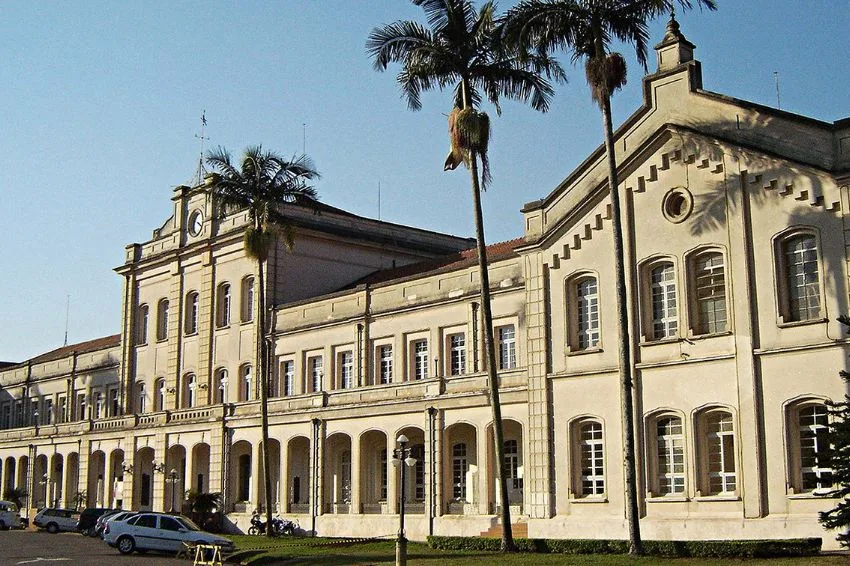The year of 2024 began with the possibility of all Brazilian consumers from Group A (High voltage) migrate of ACR (Regulated Contracting Environment) for the Free Energy Market.
Such change has already attracted thousands of companies medium and small companies – such as industries, service networks and retail – interested in the possibility of negotiating the purchase of their own energy, through short, medium or long-term bilateral contracts, with suppliers of their choice.
Due to this opening, what has been seen in the country is a gradual growth of the Free Energy Market in relation to the regulated environment, where those who define the prices charged and supply the energy are the distributors themselves.
This week, data published by ABSOLATE (Brazilian Photovoltaic Solar Energy Association) reveal that today more than a third of electricity consumption in Brazil (around 37.2%) already comes from the Free Energy Market, as shown in the image below:

The ABSOLAR study, however, shows that andIn some states the leading role of the Free Energy Market in relation to the captive environment is already a reality or is about to be.
The survey identified that in Minas Gerais and Pará, the participation of the free contracting environment is already greater than that of the regulated market. In other words, it already represents more than 50% of electrical energy consumption.
Furthermore, in locations such as Paraná, Espírito Santo and Rio Grande do Sul, at least Participation 40% of local electricity consumption already comes from the Free Energy Market.
In contrast, Acre, Amapá and Rondônia they are the states where the participation of this market is still timid (less than 10% in each of them) compared to the percentage in other regions of the country.

When can low voltage migrate?
Currently, the Free Energy Market lies available for migration only for consumers medium and high voltage, in the so-called A group.
Already the opening to smaller consumers (low voltage or Group B) is still being discussed by the MME (Ministry of Mines and Energy), through the Public Consultation 137/2022.
A call, basically, presents a proposal which deals with full opening of the Free Energy Market from 2028.
The objective is to allow residential consumers can operate in the free contracting environment from January 1, 2028, while commercial and industrial consumers low-voltage power plants can do the same shortly before that, on January 1, 2026.
All content on Canal Solar is protected by copyright law, and partial or total reproduction of this site in any medium is expressly prohibited. If you are interested in collaborating or reusing some of our material, we ask that you contact us via email: [email protected].

















5 Responses
I would like more information about the free energy market
Great news for the energy sector. Brazil is moving towards energy freedom for consumers. I hope this progress continues and that more consumers can benefit from the option to choose their energy supplier.
I have been working in the energy market for some time with the aim of contributing to this reality. I try every day to offer options so that consumers can use clean and economical energy
I believe that the solution to this problem would be for distributors to invest heavily in clean energy plants and thus be able to offer credits in the same way as large suppliers. This is what fossil fuel producers are doing in the face of the growth of electric cars on the market.
Good morning!
This project really looks like a great option for all consumers, but the question that remains is: How will it be guaranteed that the State energy operator, which we know today, is not only privatized, but also in the power of international private institutions, will it allow energy generated by its competitor to be passed on to the final consumer at a lower cost than the price charged by this energy trading operator, which is also the owner of the transmission means?
Hi, I'm interested in working here in the Enell field, ABCDMRP Paulista region.